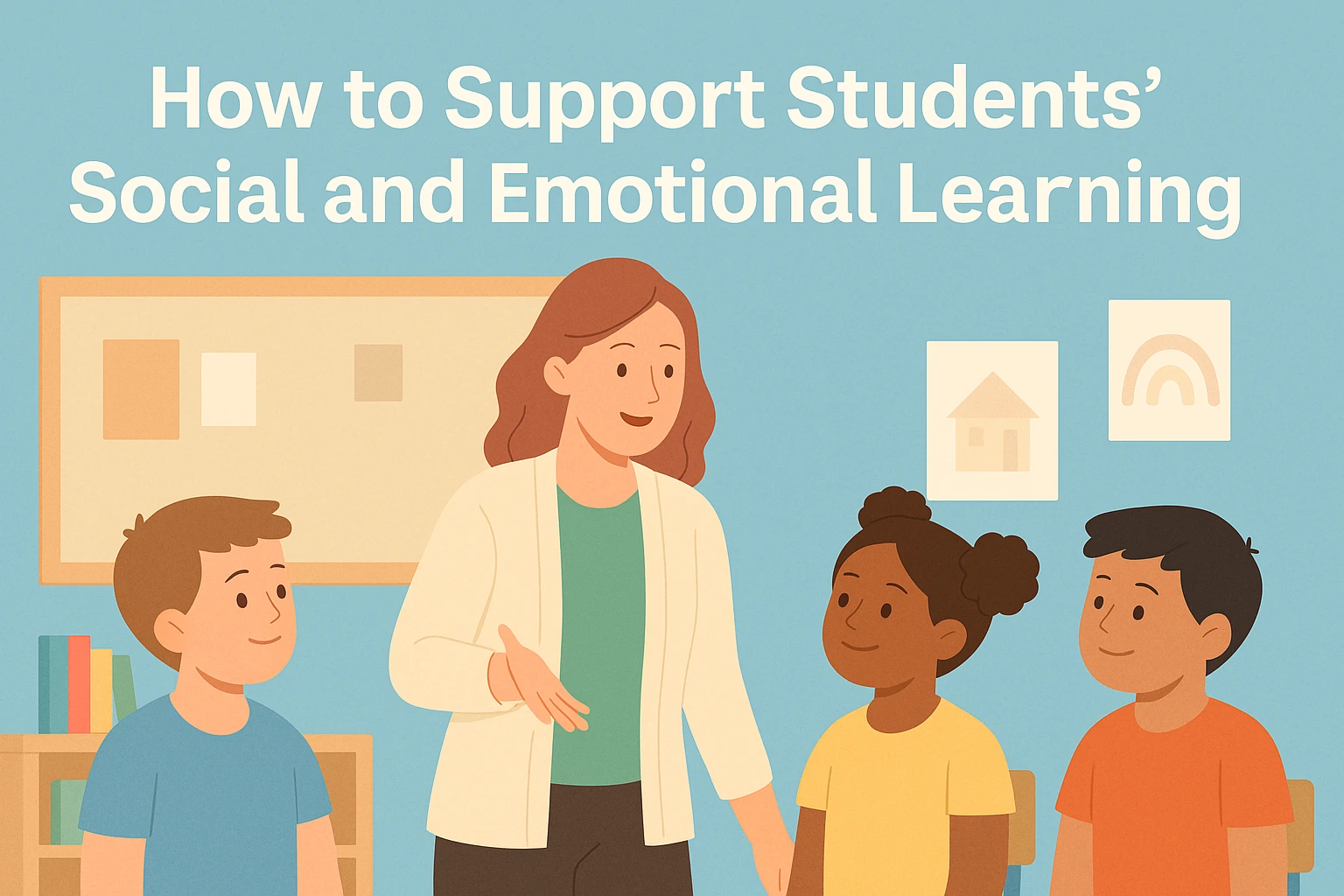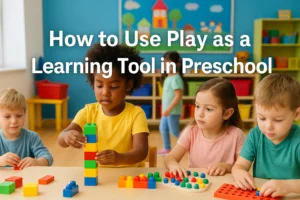🎓 How to Support Students’ Social and Emotional Learning: Effective Strategies
Introduction
In today’s fast-paced world, students face challenges inside and outside the classroom that can impact their ability to focus, learn, and thrive. Social and Emotional Learning (SEL) equips children with the skills to manage emotions, build healthy relationships, and make responsible decisions.
Teachers play a critical role in supporting students’ social and emotional learning every day. In this guide, you’ll find practical ways to integrate SEL into your daily routine and create a safe, supportive environment for every learner.
💡 What is Social and Emotional Learning?
According to CASEL (external authority link), SEL is the process through which children develop healthy identities, manage emotions, achieve goals, show empathy, build positive relationships, and make caring choices.
When teachers prioritize SEL, students are more engaged, perform better academically, and develop resilience to face life’s challenges.
📌 Practical Strategies to Support Students’ SEL
✅ 1. Create a Safe and Respectful Classroom
Establish clear expectations for respect, kindness, and inclusivity. When students feel safe, they are more willing to share their feelings and participate in class activities.
✅ 2. Teach Emotional Vocabulary
Help students identify and name their emotions accurately. Use feeling charts, stories, and daily check-ins to build their emotional literacy.
✅ 3. Model Empathy and Respect
Students learn by example. Show empathy when students struggle, and demonstrate respectful conflict resolution. This teaches them how to handle similar situations with peers.
✅ 4. Integrate SEL into Daily Lessons
Embed SEL into your regular curriculum. Use group projects, literature discussions, or science debates to practice collaboration, empathy, and communication skills.
✅ 5. Encourage Mindfulness and Self-Regulation
Introduce short mindfulness exercises, breathing techniques, or quiet time to help students manage stress and focus better.
✅ 6. Use Collaborative Activities
Promote teamwork through pair work or small groups. Encourage students to listen actively, share ideas, and support each other’s learning.
✅ 7. Provide Consistent, Constructive Feedback
Praise positive behaviors and guide students in areas for improvement. Focus on effort, growth, and specific actions rather than labeling students.
✅ 8. Engage Families
Partner with parents and caregivers to reinforce SEL skills at home. Share strategies, resources, or organize family workshops to build a supportive network.
📚 How SkillUp Learn Helps Teachers with SEL
At SkillUp Learn, we offer teachers practical courses, resources, and expert advice to embed social and emotional learning into everyday teaching. Our tools help you nurture confident, resilient, and empathetic students.
✅ Conclusion
Supporting students’ social and emotional learning is essential for their long-term success and happiness. By creating a safe space, modeling empathy, and integrating SEL activities daily, you empower students to grow emotionally and academically.



